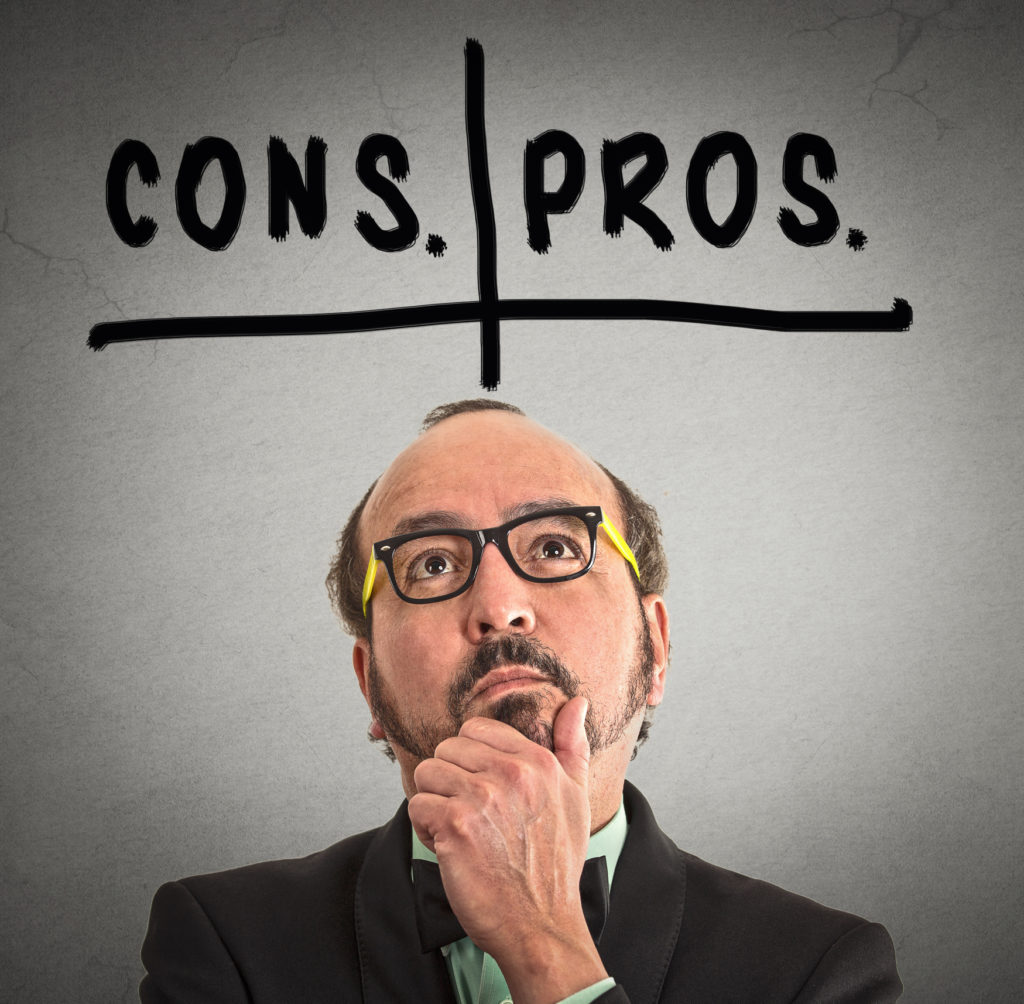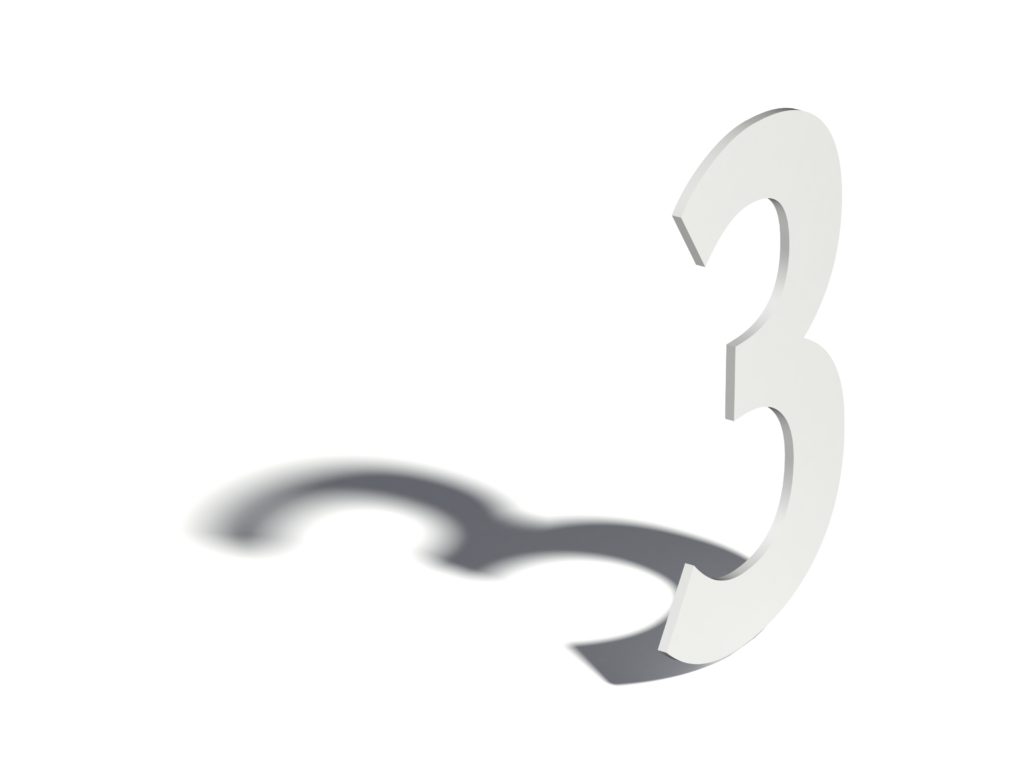Who often is your biggest critic? You!
When it comes to accurate and objective critiques of how you did during a media interview, your eyes and ears aren’t exactly impartial judges. When trained, they can be supremely effective in evaluating your sure-footed successes and your less-than-ideal slips.
What follows are just a few examples of how to improve your media game. At the end, we give you 20 questions to ask yourself, leading to as many areas to make better. When we work with our media training clients, we encourage them to pick three and build from there. We offer the same advice to you.

So, settle back, grab some popcorn or snacks, and get ready for some binge-worthy, not cringeworthy, moments. Let those podcasts, radio interviews, and television appearances roll.
Your Media Game Plan
Here’s your warm-up: Establish an objective, noncritical mental zone – a place where you return to time and time again as you review your radio or television interviews. Be kind! This is not the time for harsh criticism. You are simply taking stock of the things you did well and the places you could do better.
Now, let’s set the scene.
You’ve avoided utilizing one of the very tools that could make you a highly effective and engaging media interviewee – your very own performances. We get it. Even some actors don’t watch their own movies. As uncomfortable as the experience may be, have faith that the exercise will make you better before the mic or the camera.
Disable your inner critic
Given this process may not be all that enjoyable, it’s even more important to zero in on the elements that lead to improvements. Overall, you want to analyze what worked and what didn’t. Be completely honest, but be kind.
In practice, that means starting with what you see, or hear, and then developing a focused and productive self-evaluation that helps you to improve. It’s a process that will work for any of the questions listed below. First, we offer some examples to get you on your way:
Example No. 1 – You cringe as you watch a lethargic, uninspired version of yourself on the screen.
Constructive criticism: If you are genuinely tired, make sure you get some sleep before the interview. But, it’s more likely you were underestimating the flattening effect of television. What feels right during your practice or prep sessions does not always translate to the screen. Next time you are being your most energetic and passionate self, take note. You could even get a friend to record you. This is the kind of energy you need to appear engaged, dynamic, and passionate about the points that matter most. Here are some additional tips:
- Break free of your expectations of how you are supposed to look or sound. It’s okay to gesture and be demonstrative.
- Turn your voice into an instrument by varying how fast or slow, how high or low, or how loud or soft you go.

Example No. 2 – You become annoyed at yourself for the clumsy answer you gave to a simple question.
Constructive criticism: Cut yourself some slack. A media interview is a daunting experience that is quite different from everyday speech. In the glare of the spotlight, so to speak, it’s easy to become flustered. Perhaps you needed more prep time, or more practice when it came to internalizing your message. Here are two things to consider for the future:
- Did I effectively recover?
- How will I remain better focused next time?
Example No. 3 – You ask yourself, “Why did I wear that color? Could I have made myself look any less attractive?”
Constructive criticism: Not every day is a banner fashion day. But, yes, there are tricks to the trade when it comes to attire and appearance on TV. Knowledge is power whether you settle into the interview chair as a beginner fashionista or one who already knows his or her way around the latest garb. Here are some tips:
- When dressing for television, don’t go too fancy. Stick with solid colors and accents that don’t distract from what you are saying.
- Don’t wait until the day of the interview to select an outfit. Check with the producers as to colors that look best on camera. Also, do a few practice runs to find the styles that look best on you.
Establish a watch party
Duplicity is never an admirable quality, but we’ll let it slip this time. This is your media game that we are talking about, right! Are you gathering with friends or family to watch the opener of this season’s big hit? For the price of your couch, company, and snacks, maybe they are willing to watch a few of your videos with you before the big show. We know this might be painful, for as difficult as it is to critique ourselves, hearing it from friends is no picnic either.
 However, they know you best and are eminently qualified to offer analysis. So, give them some questions that you want to be answered, such as:
However, they know you best and are eminently qualified to offer analysis. So, give them some questions that you want to be answered, such as:
“Was I energetic? Memorable? Easy to understand? Did I seem to know my material? Did I come off as friendly and accessible? Did I keep your attention?”
You also could ask for comments on the things you did well, and then move on to the places you could have done better. Encourage utter honesty – you will be better for it. Then, you can move on to watching your favorite show.
20 Ways to Up Your Media Game
We leave you with 20 ways to improve your performance. They come in the form of questions, as everyone will find different and distinct answers that lead to improvements. We are going to start with a few questions of our own, however, to get this rolling. If you don’t already have a message (though we suspect you do), you are going to need one.
What’s a message?
A one-sentence statement that incorporates your main goals with your audience’s most important needs or values. An example:
“Media interviews are indeed daunting, but with the proper preparation before and critical analysis after, you can improve the way you convey what you want to say and how you want to come across to your audience.”
What does your message need?
To be consistent, free of jargon and wordiness, brief and catchy, and memorable.
How do I stay on message during multiple questions?
Employ stories and statistics, or message supports, that reiterate and reinforce your message.
That should do it. Now, without further ado, the big reveal. These are 20 questions worth asking, which will get you the answers worth seeking:
- Did each of my answers contain at least one message or message support?
- Were my messages aligned with my audience’s needs?
- Did I remember to envision my audience as just one person and not the masses that were watching?
- Did my answers include a story or statistic?
- Did I use jargon-free, dynamic, everyday language?
- Did I answer off-topic or difficult questions and remain on message?
- Did I recognize trap questions and avoid taking the bait?
- Did I answer challenging questions with a welcoming tone and without defensiveness?
- Did I deliver my answers in 30 seconds or less, and pause for a few seconds before answering questions (for edited interviews)?

- Did I jump out early with my main point – to ensure I didn’t run out of time?
- Did I not only remember to tell them what my message was but also why it mattered?
- Did I vary my vocal delivery (pitch, pace, and volume) to help emphasize key points?
- Did I come across as warm, likable, and “real?”
- Did I sound and/or look confident?
- Did my energy level convey an appropriate sense of excitement about my topic?
- Did I maintain strong eye contact?
- Did I use natural gestures and don’t appear “stiff?”
- Did I use proper posture and avoid positions that make me appear passive, arrogant, or uninterested?
- Did I avoid unnecessary distractions, such as using verbal filler, shuffling in my chair, or blinking repeatedly?
- Were my attire, makeup, and hair “television-friendly?”
What’s next?
 This might seem to be a lot of work. It is. But don’t expect to take on all 20 questions for your next interview. The better approach is to focus on three points and work from there.
This might seem to be a lot of work. It is. But don’t expect to take on all 20 questions for your next interview. The better approach is to focus on three points and work from there.
We’ll compare it to that good ol’ American favorite, the banana split. Begin with the three scoops of ice cream atop the banana and add on from there. As you gain knowledge and expertise, you can begin to incorporate the fix-ins – the hot fudge sauce, the marshmallow cream, the whipped cream, the nuts, the cherry – you get the picture.
Media tips may not be as tasty as a banana split, but they will sustain you through your next interview. If you improve your media game in just three areas, you are virtually guaranteed a better media performance. The gains just keep growing from there.
This article originally appeared on the Throughline blog; reprinted with permission.



